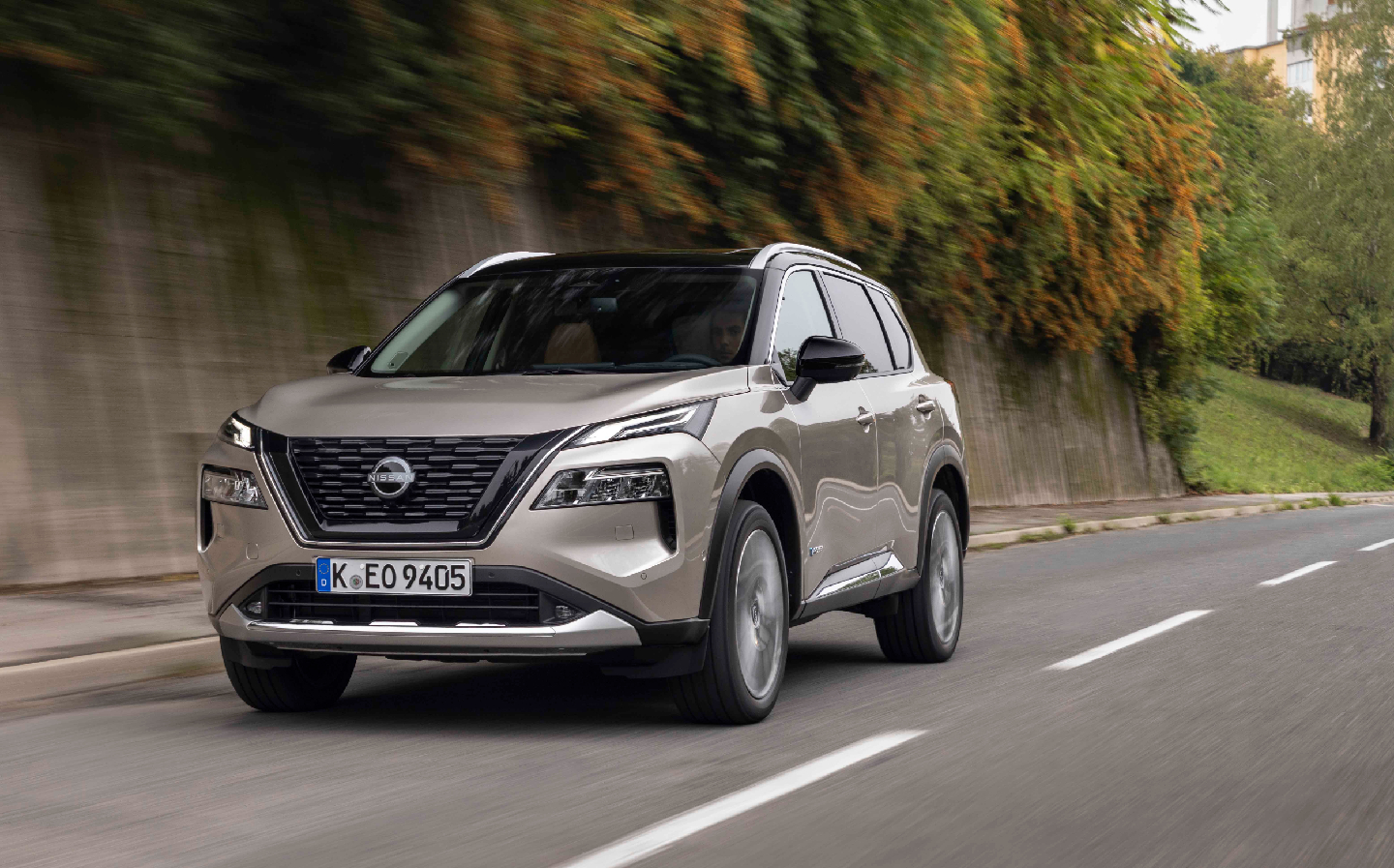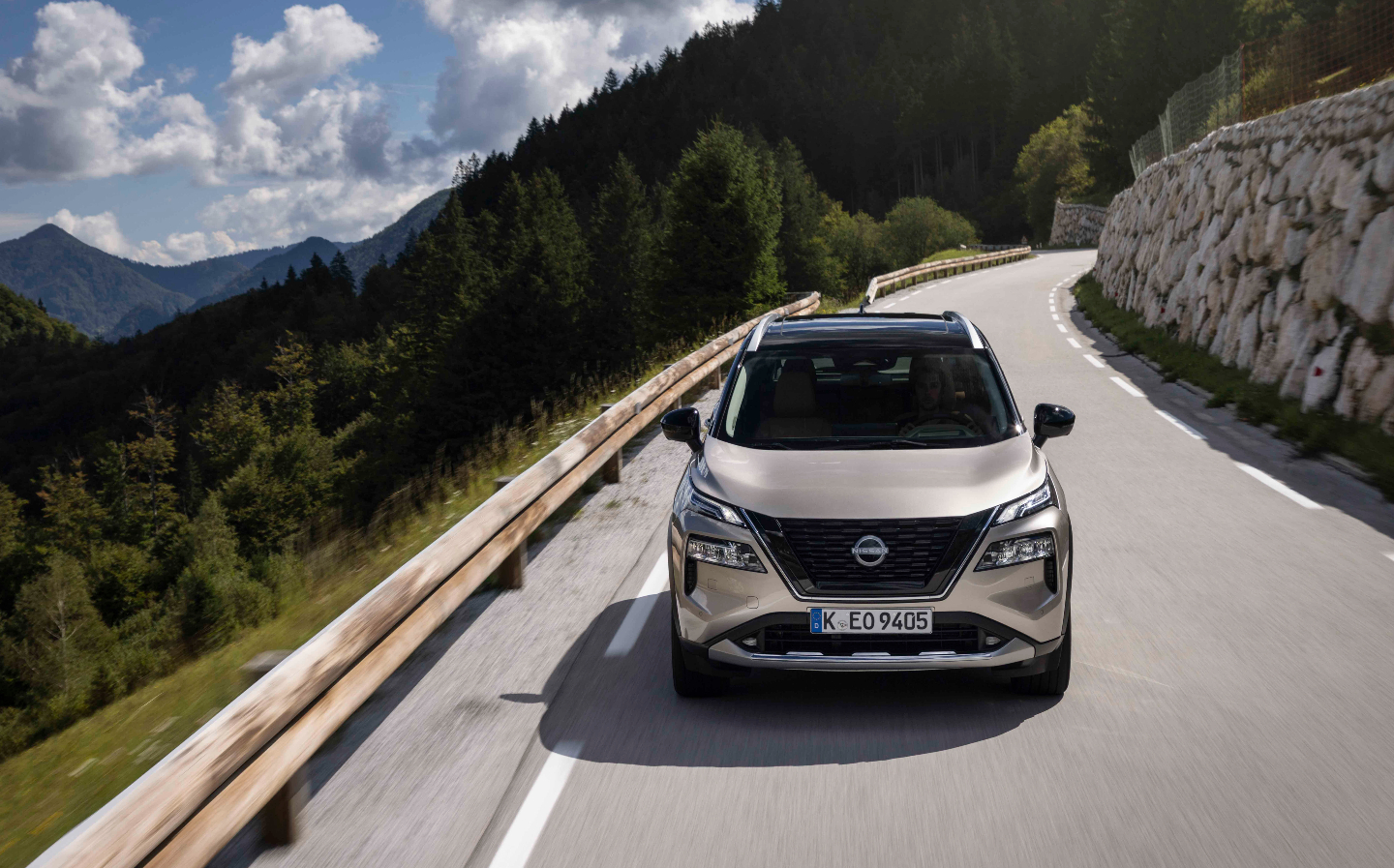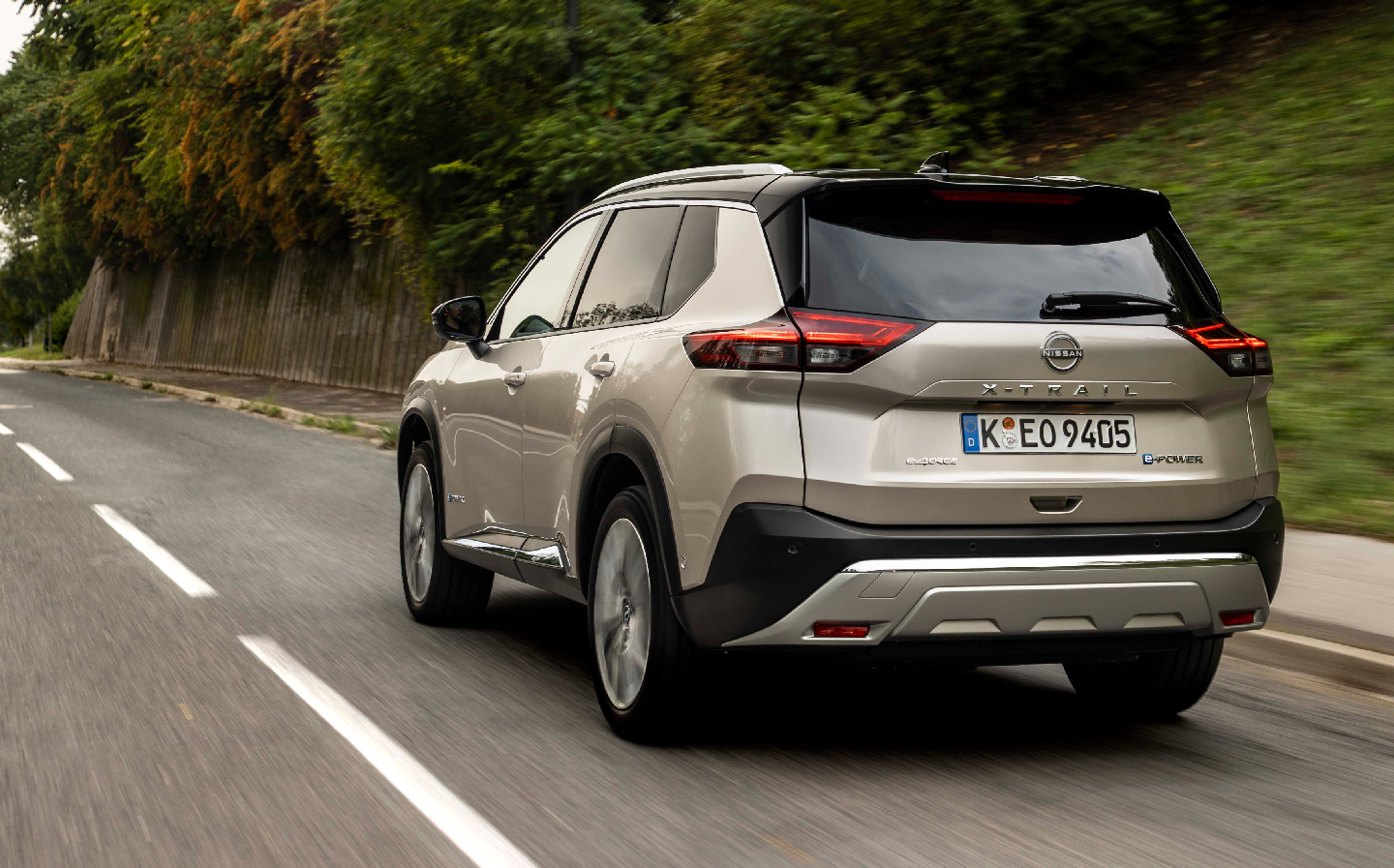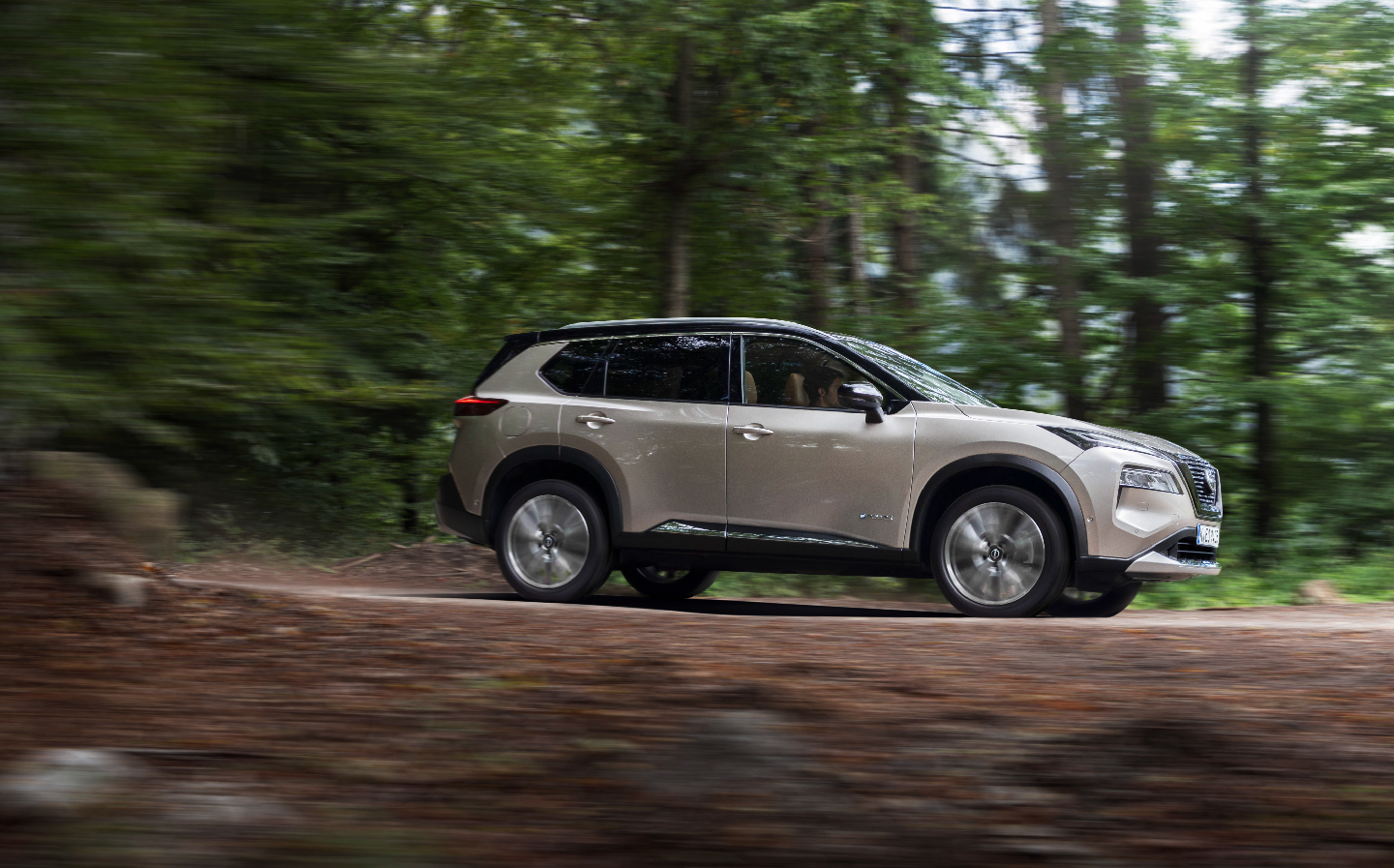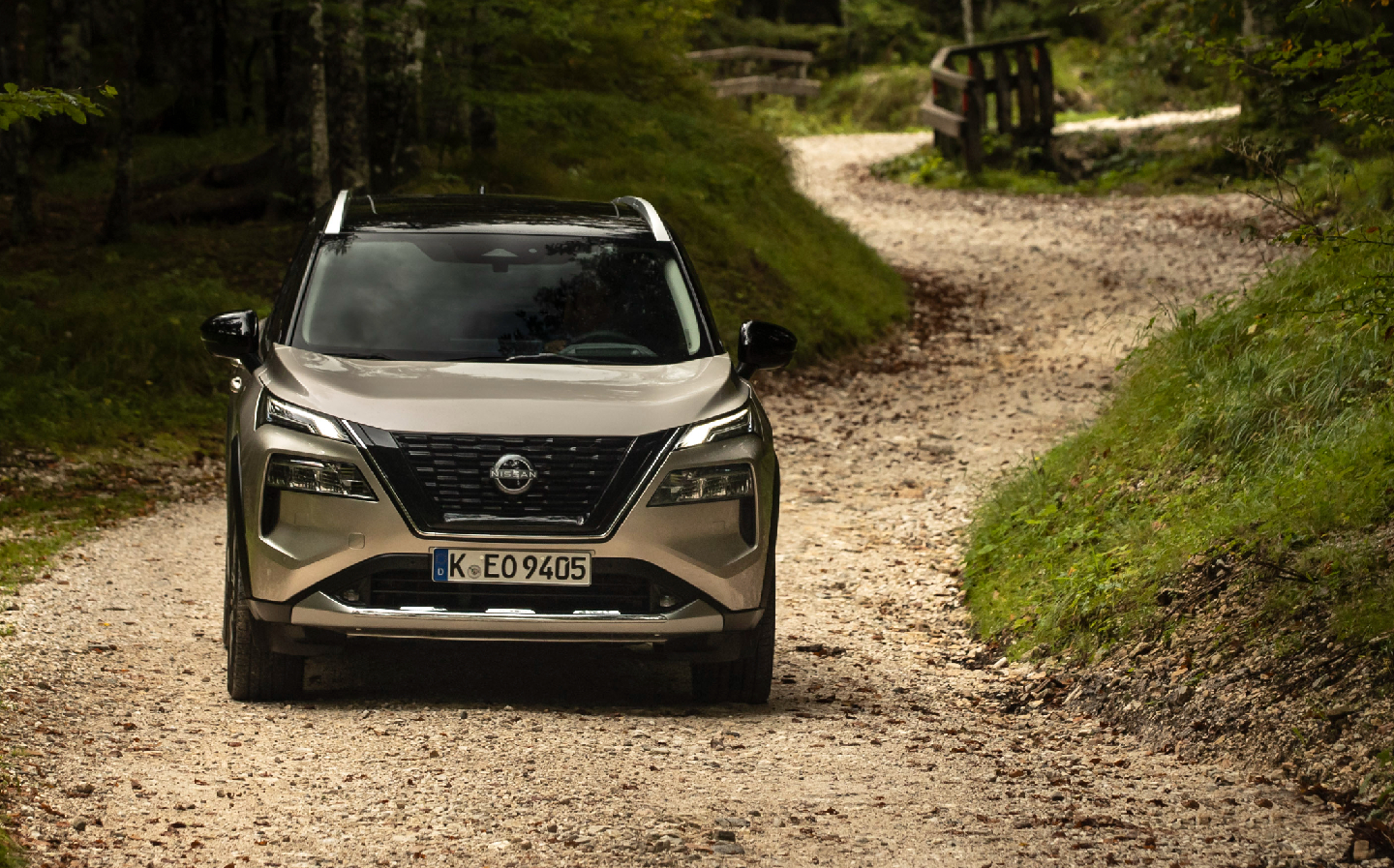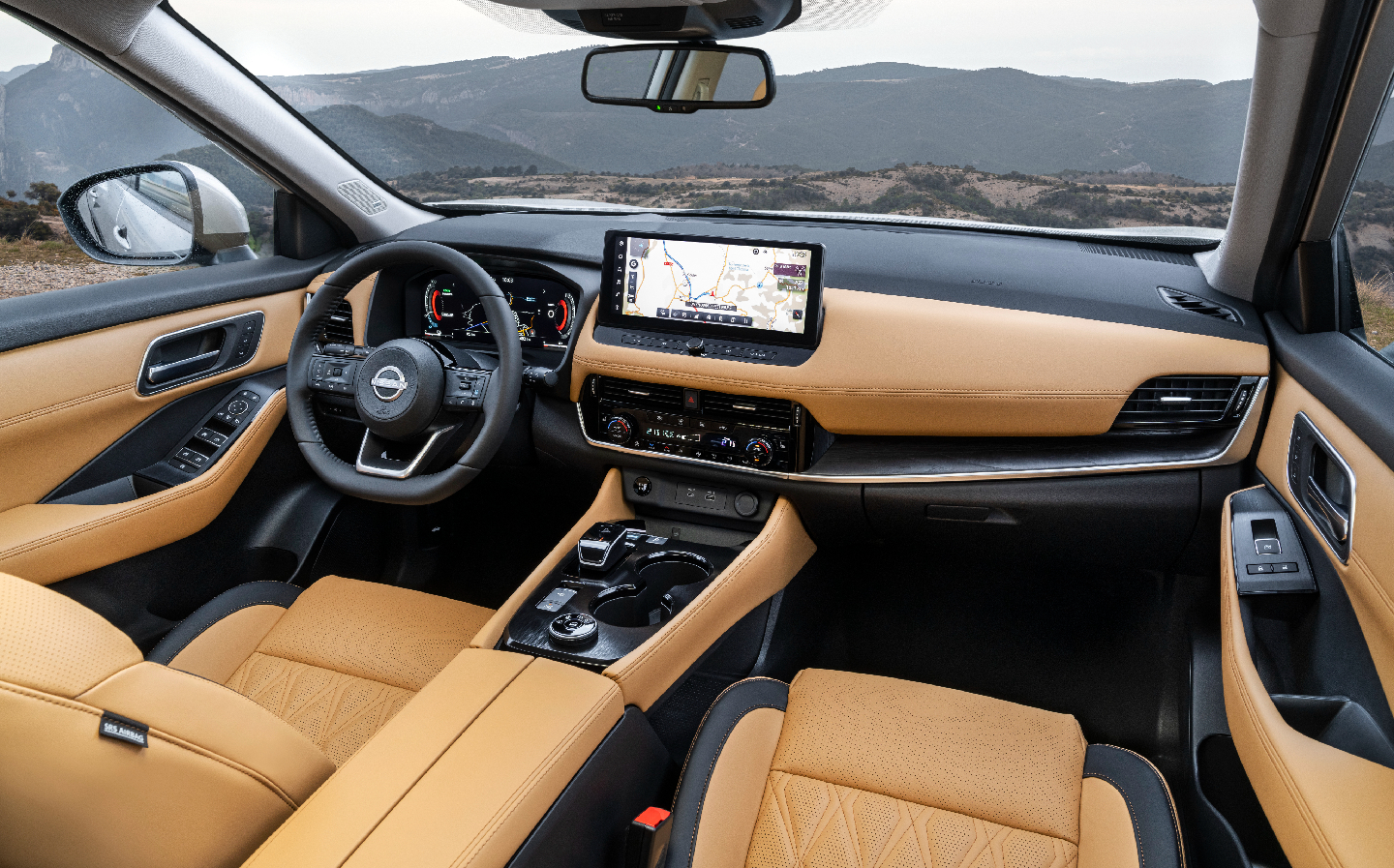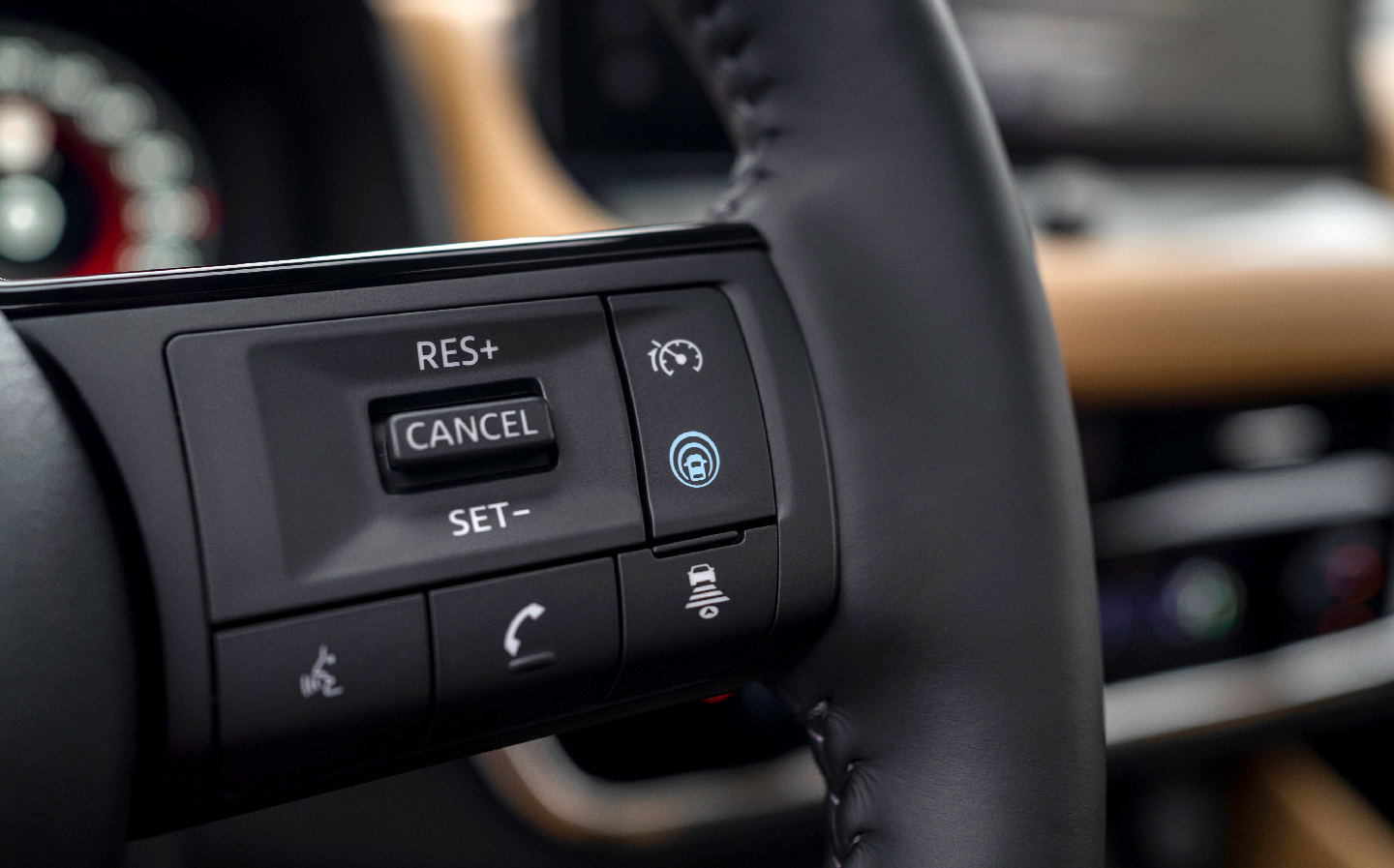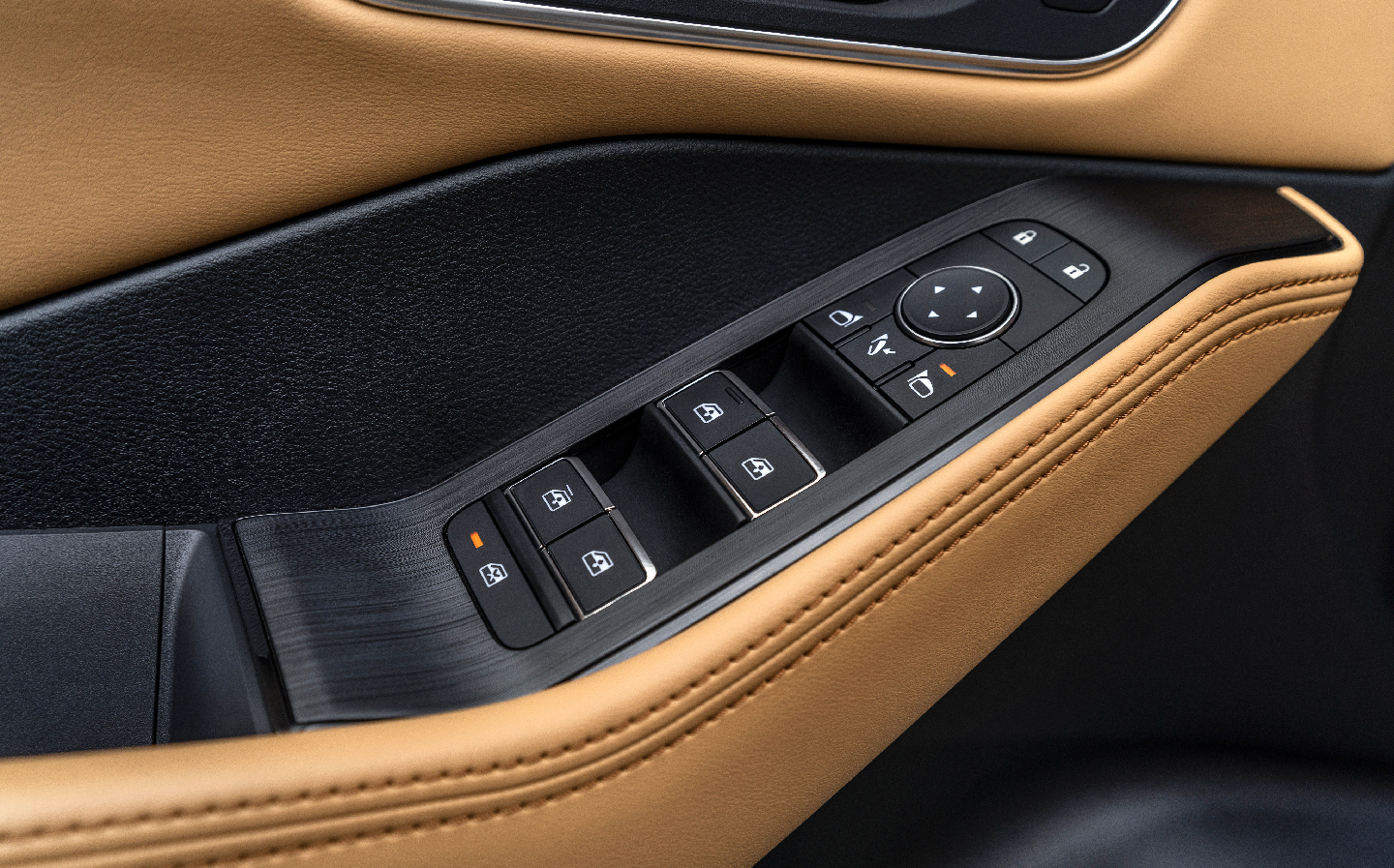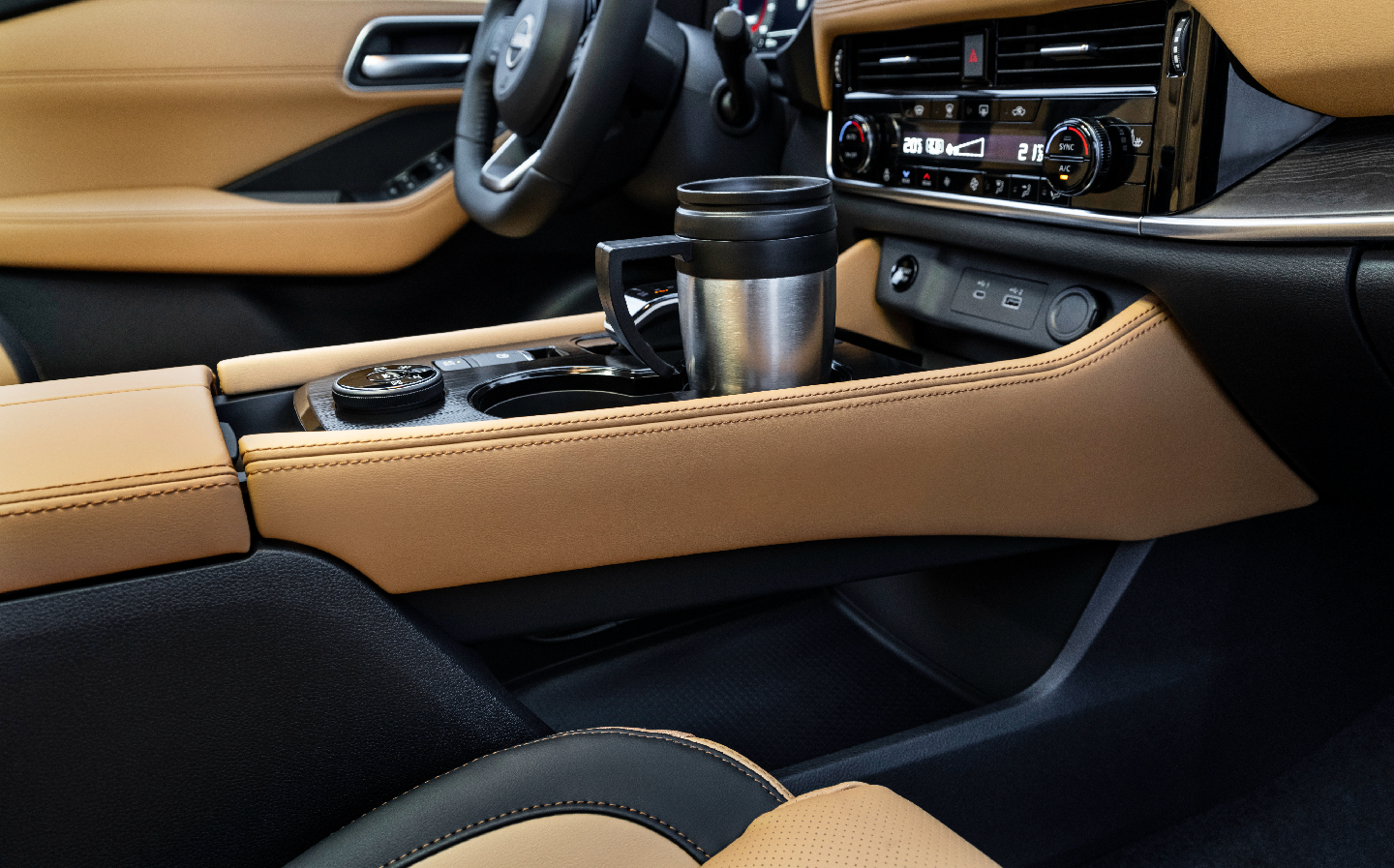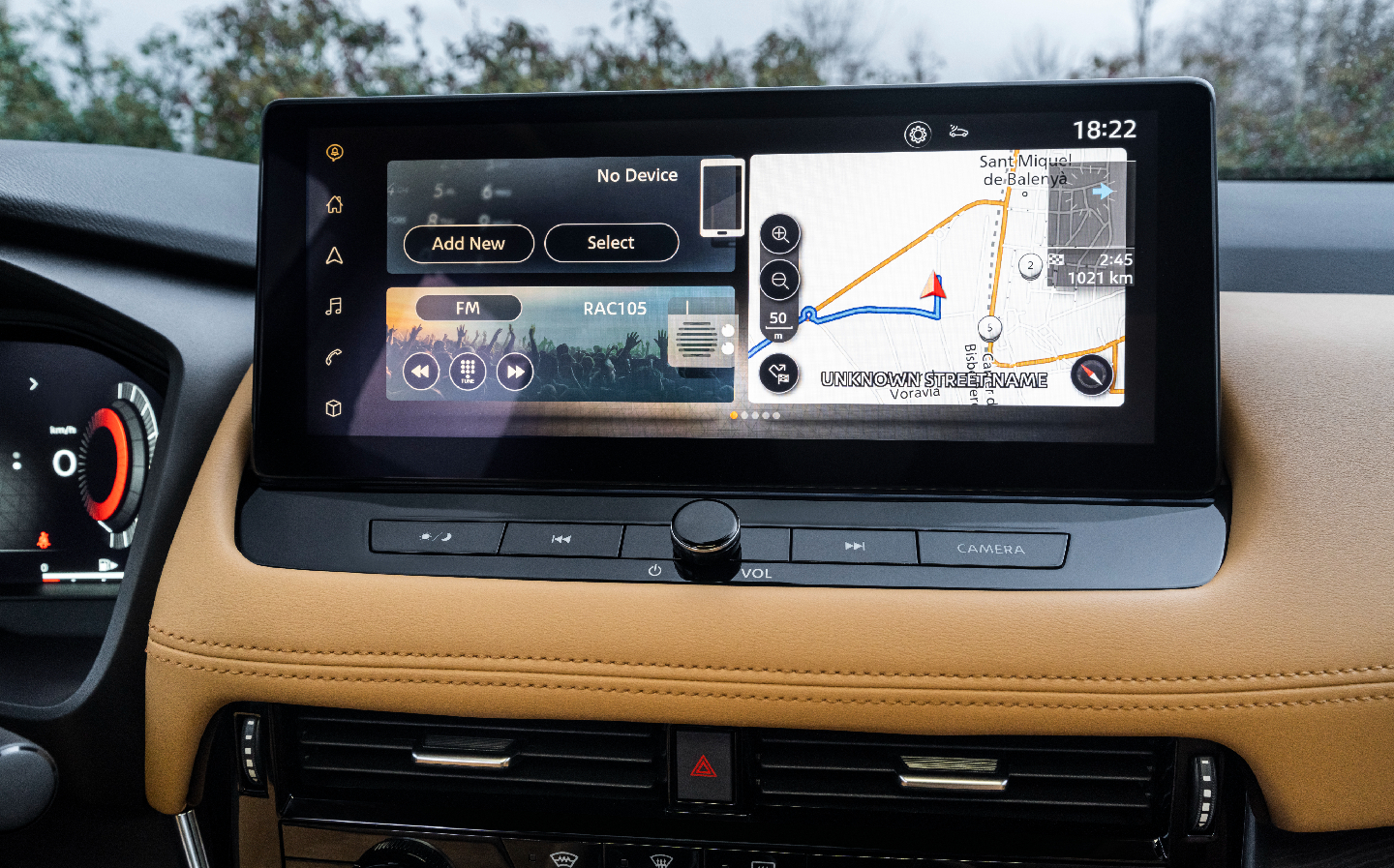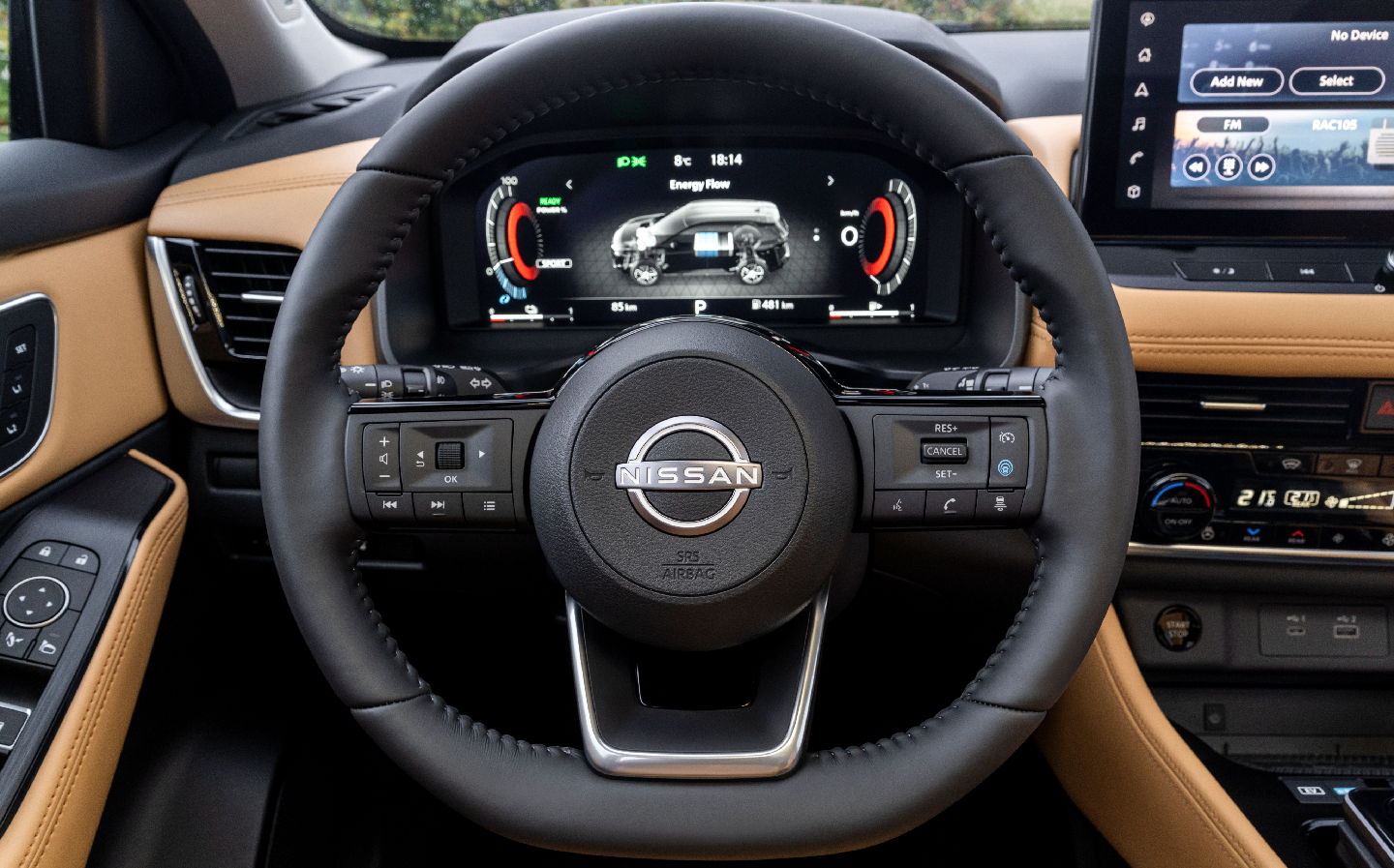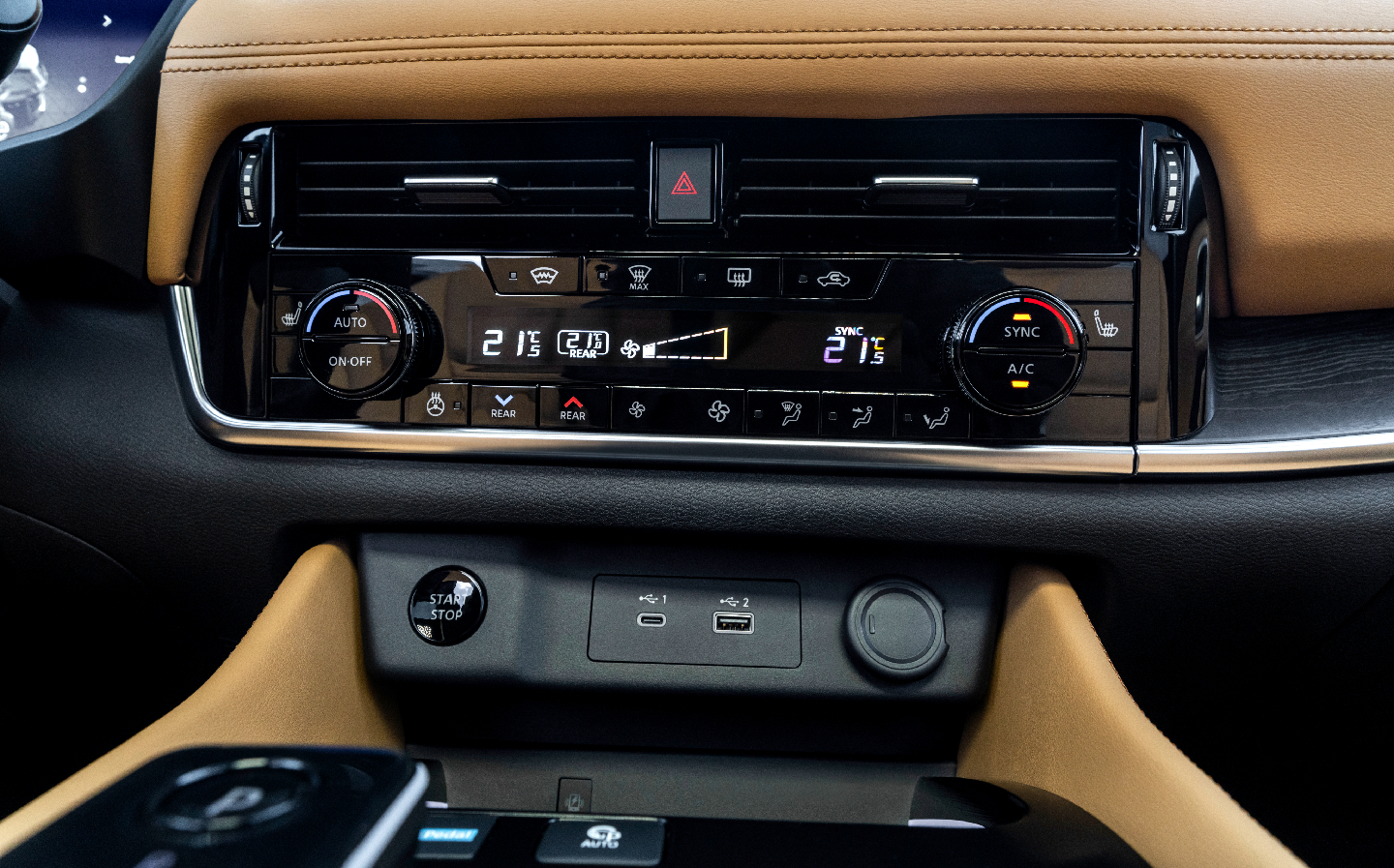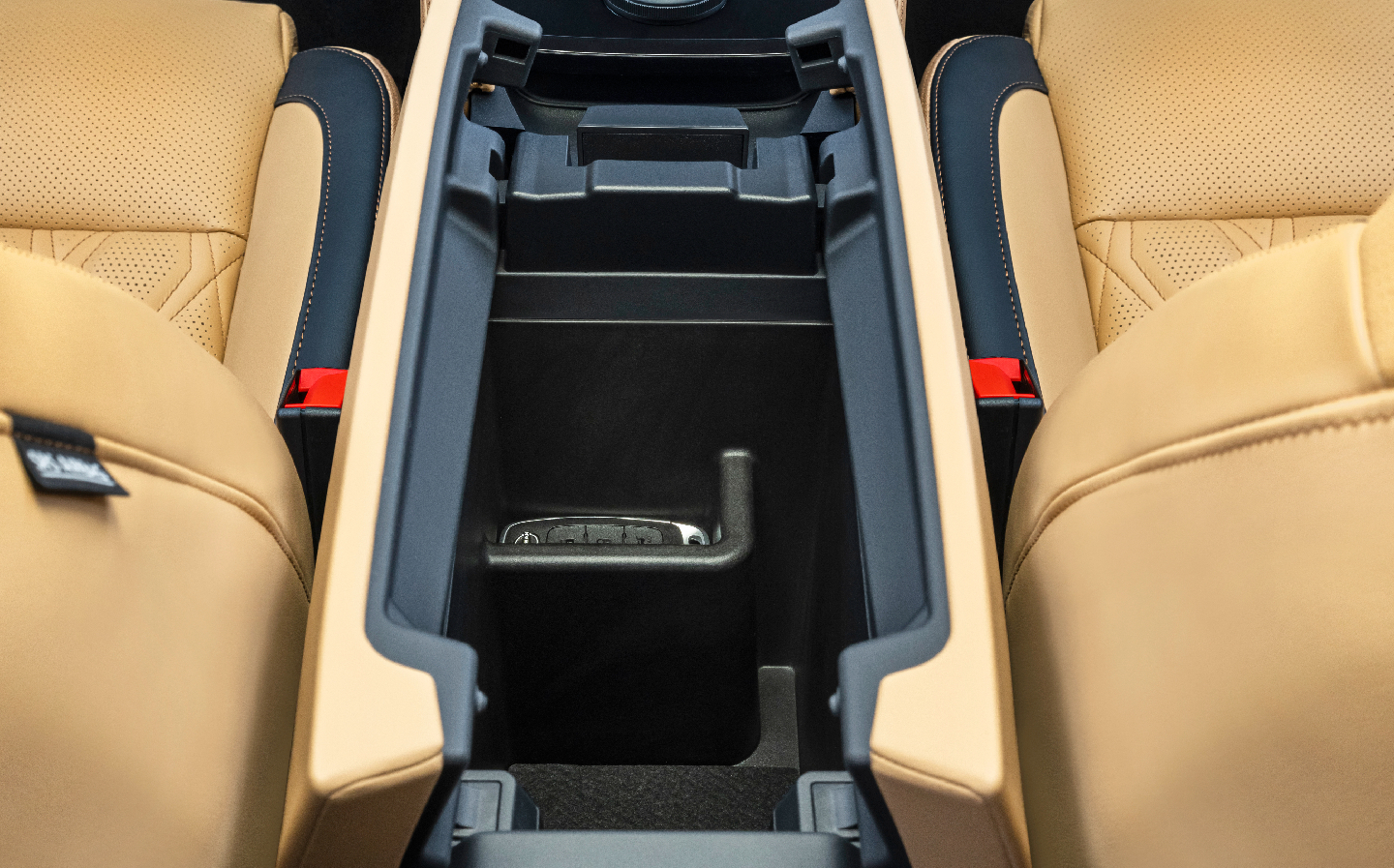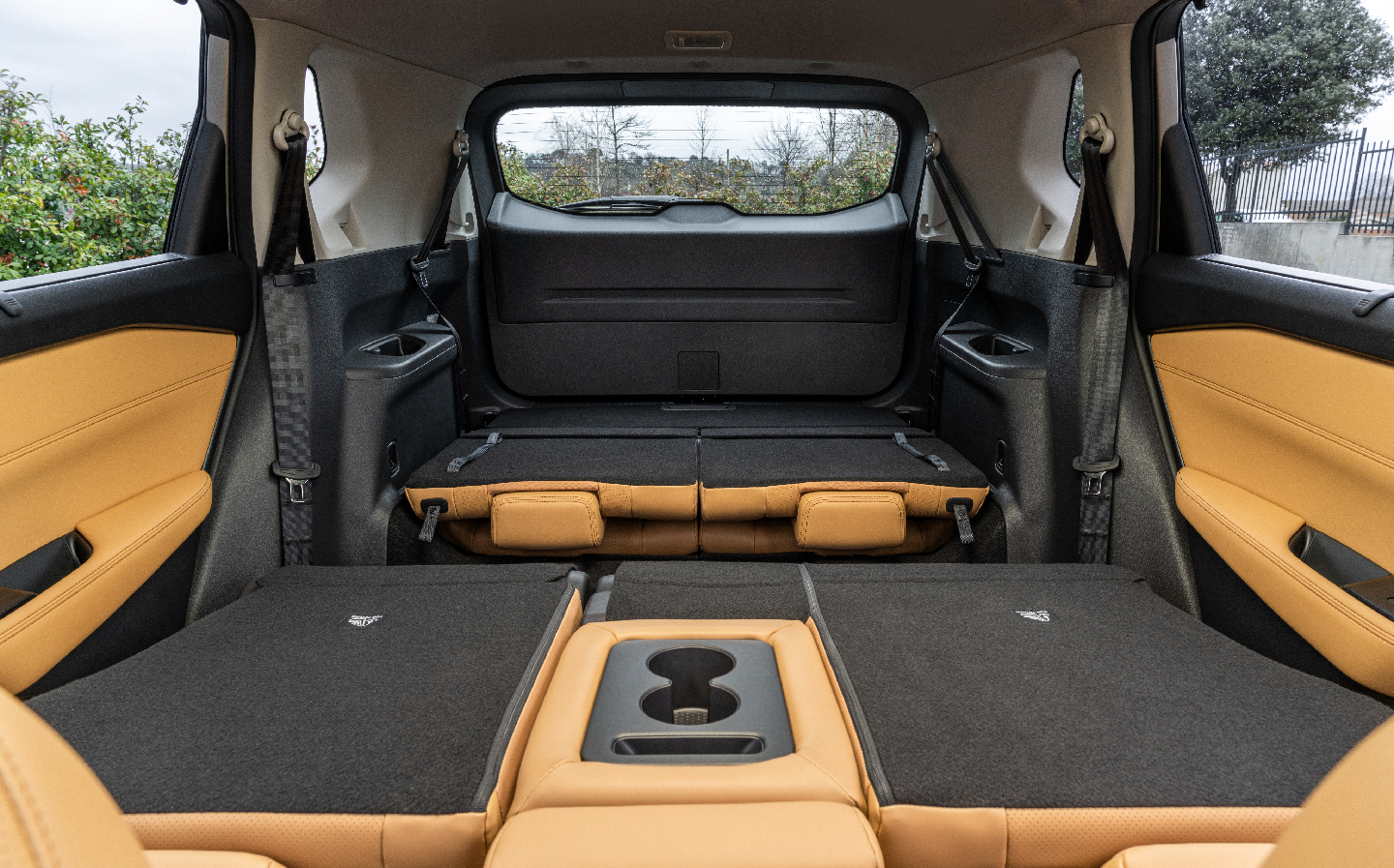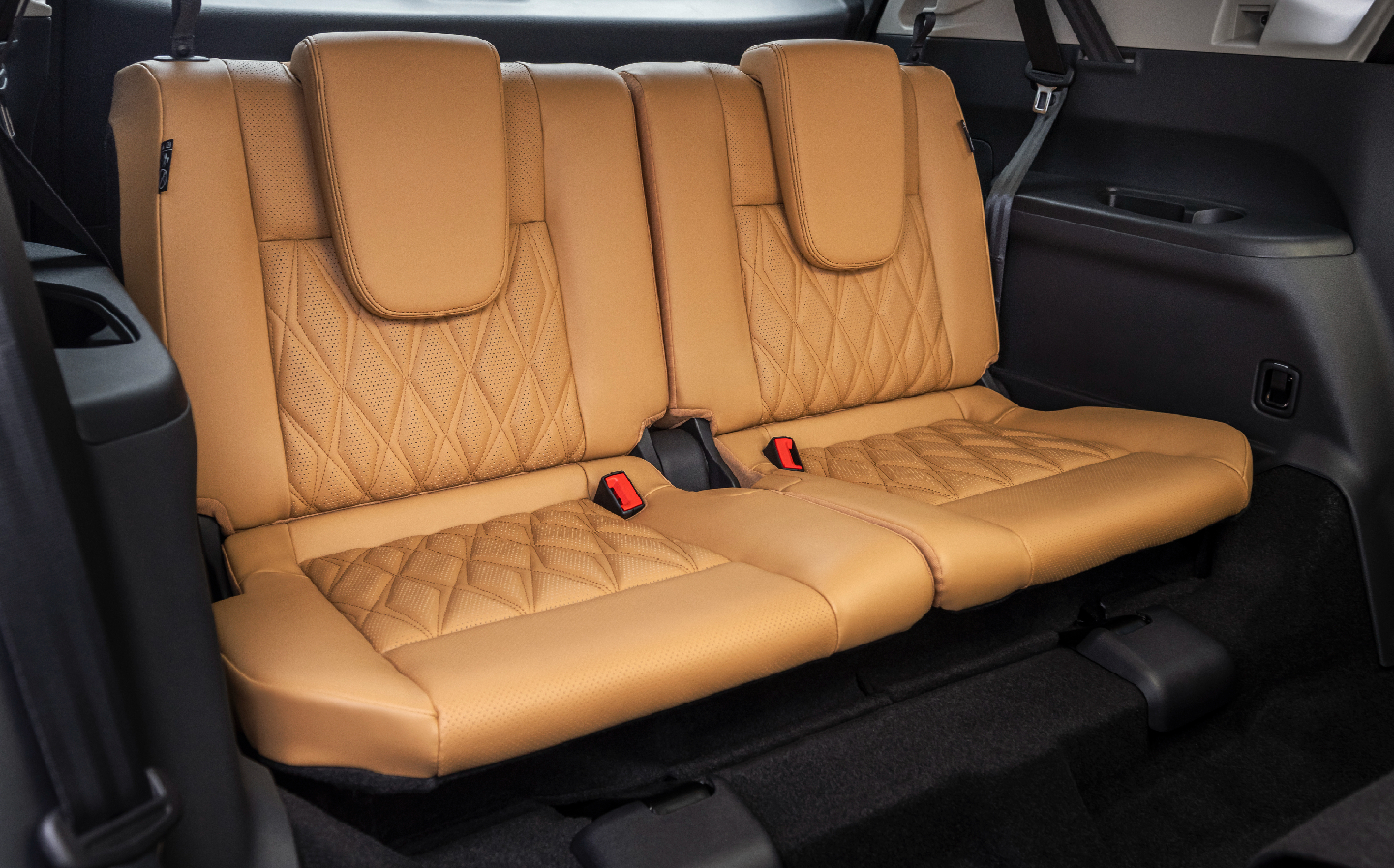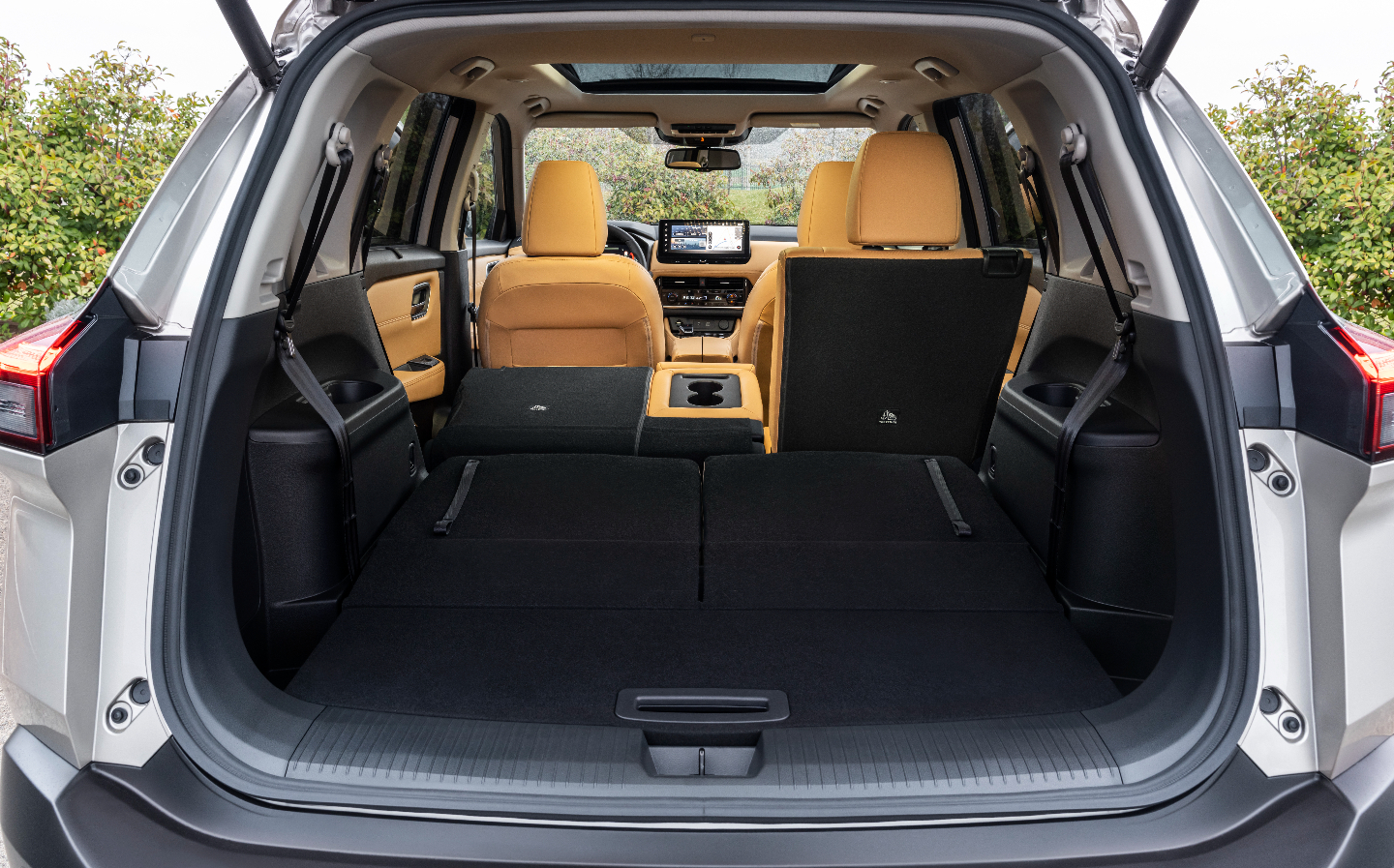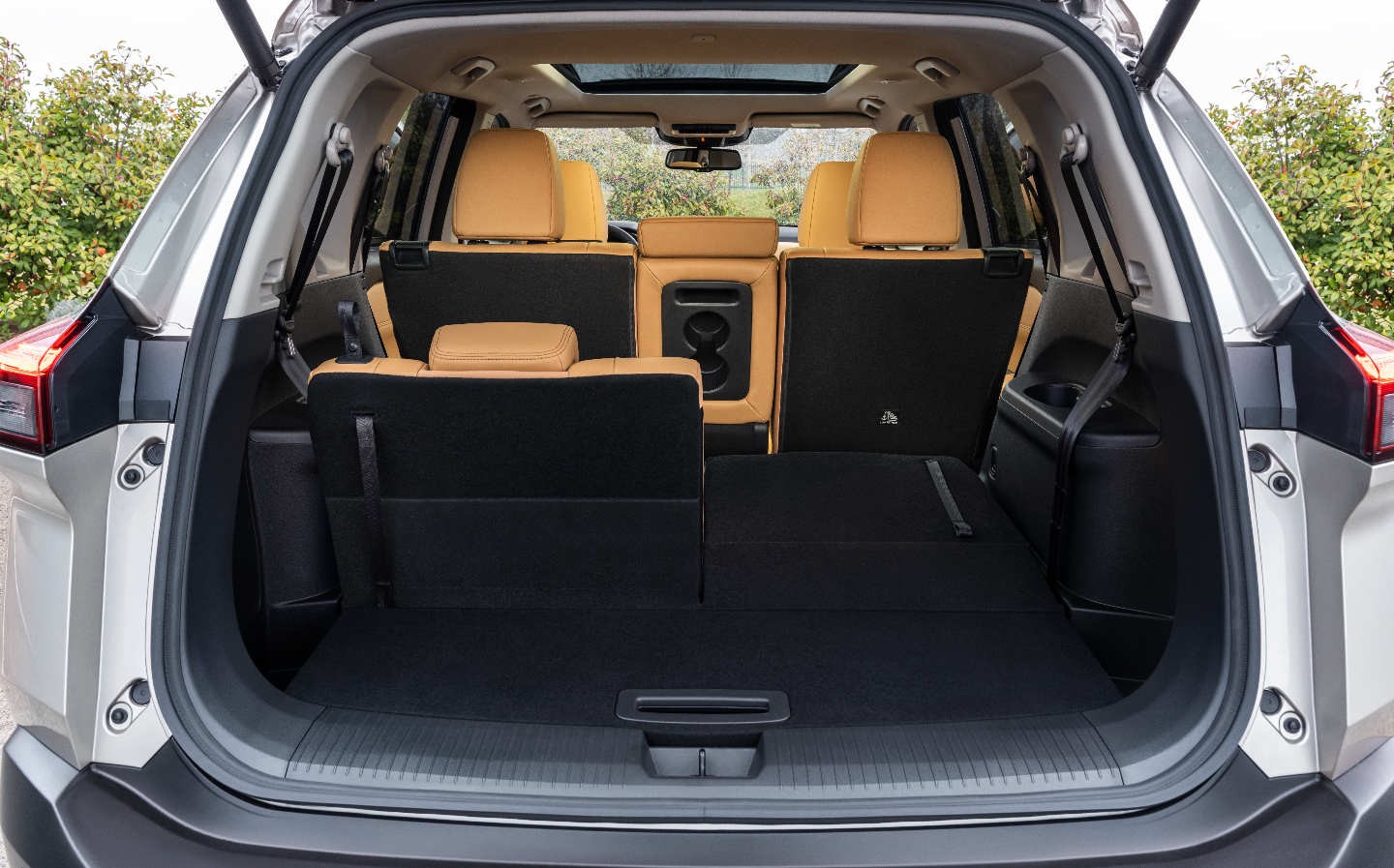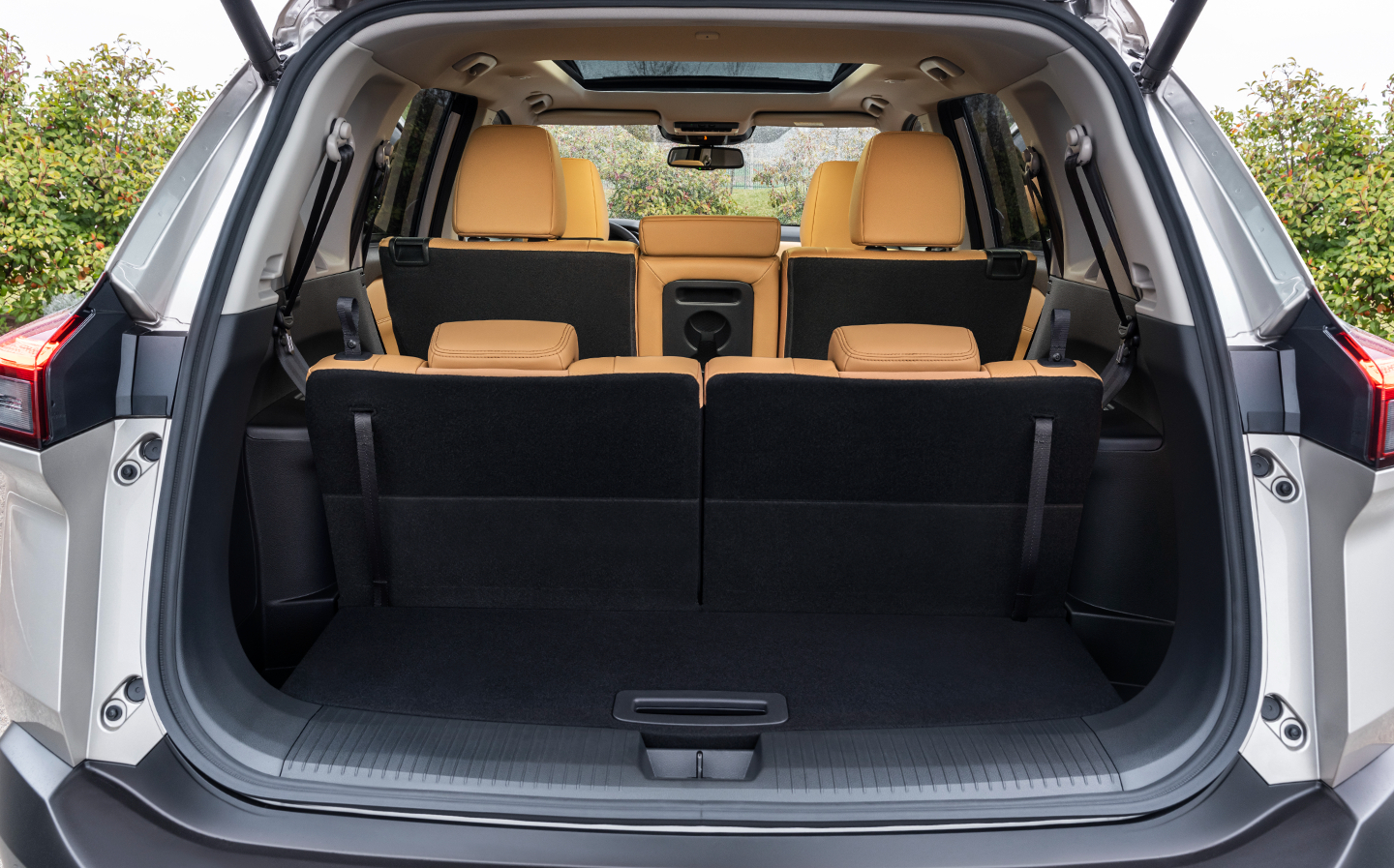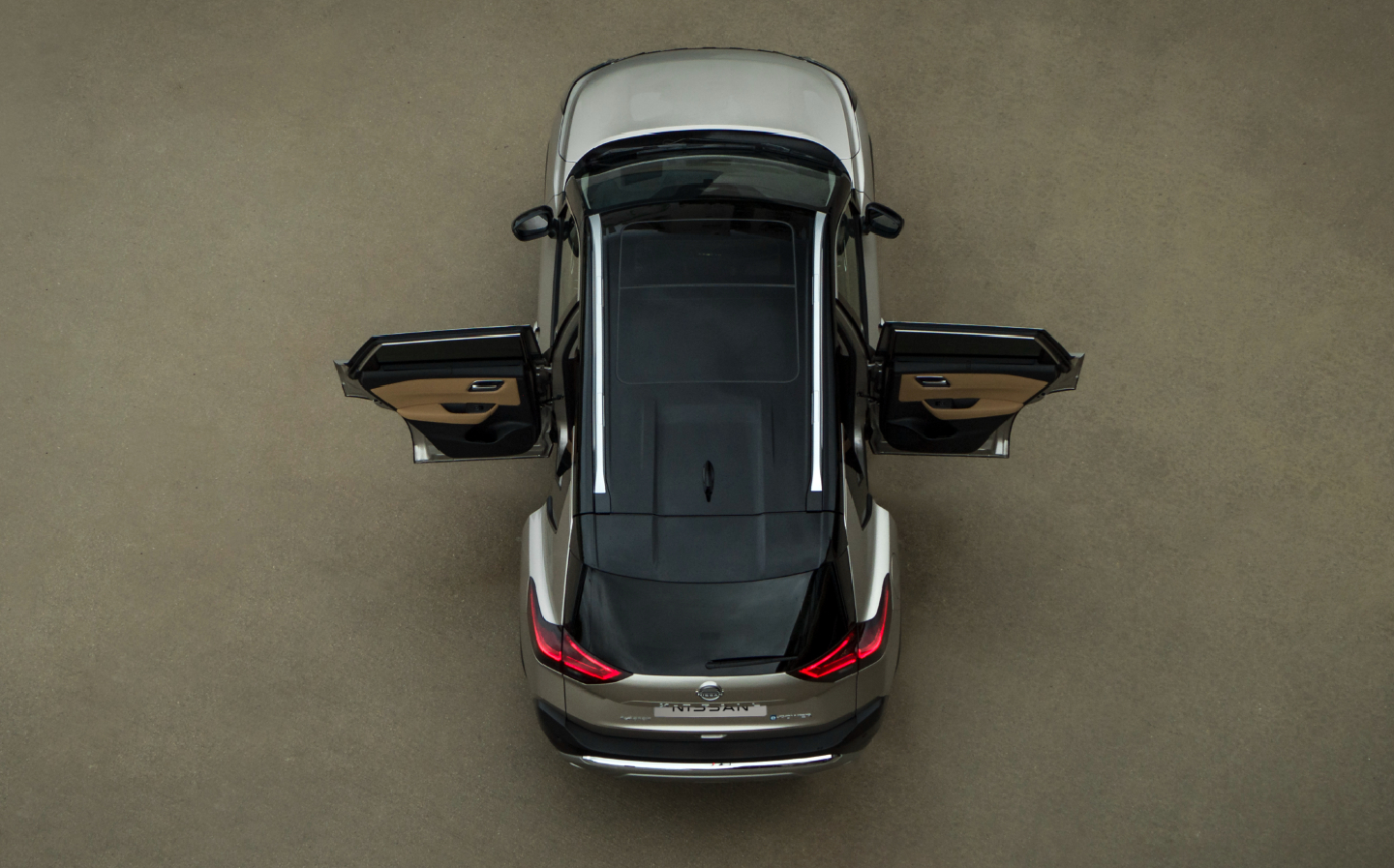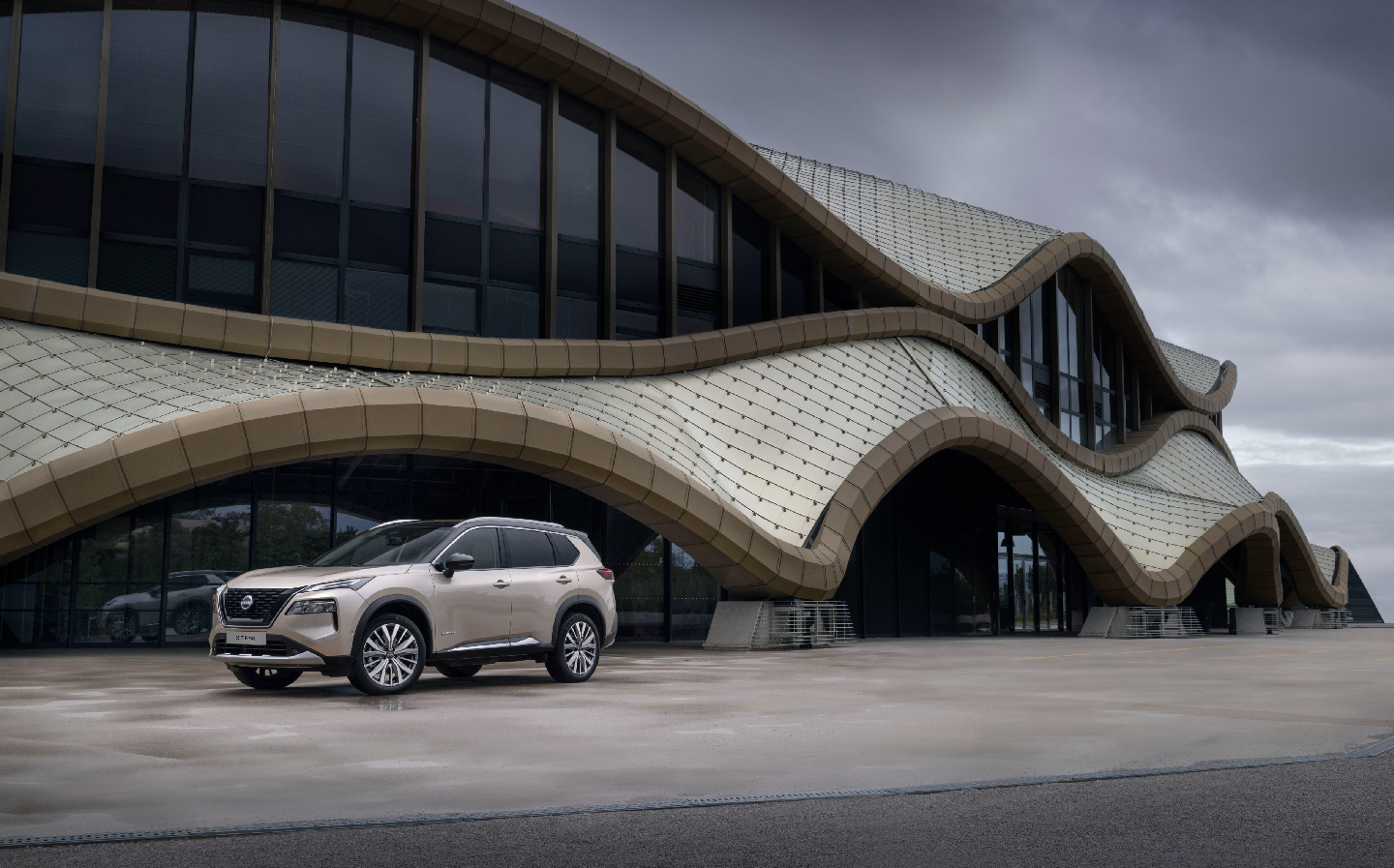Nissan X-Trail 2022 review: Electrified seven-seat family SUV now has the X factor
Will Dron tries out the new Nissan X-Trail e-Power e-4orce in the hills of Slovenia to see if it fulfils its 'active parent' remit
What is it?
The fourth generation of Nissan’s rough and tough family SUV, and big brother to the Juke and Qashqai.
Its key selling points have been four-wheel drive and the option of seven seats, and the new X-Trail continues those traditions but also includes a number of new features that growing families should find appealing as well as a new hybrid powertrain promising more fuel efficiency and electric car-style driving experience, without the plug.
Exterior design and rivals
According to Nissan’s product presentation on the launch in Slovenia, the new X-Trail is aimed at the generation who invented snowboarding and other extreme sports but have now grown up and had a family. So it retains the ruggedness required of off-roaders, including short overhangs, a raised ride height and large gaps between the wheels and wheelarches, while maximising interior space and style.
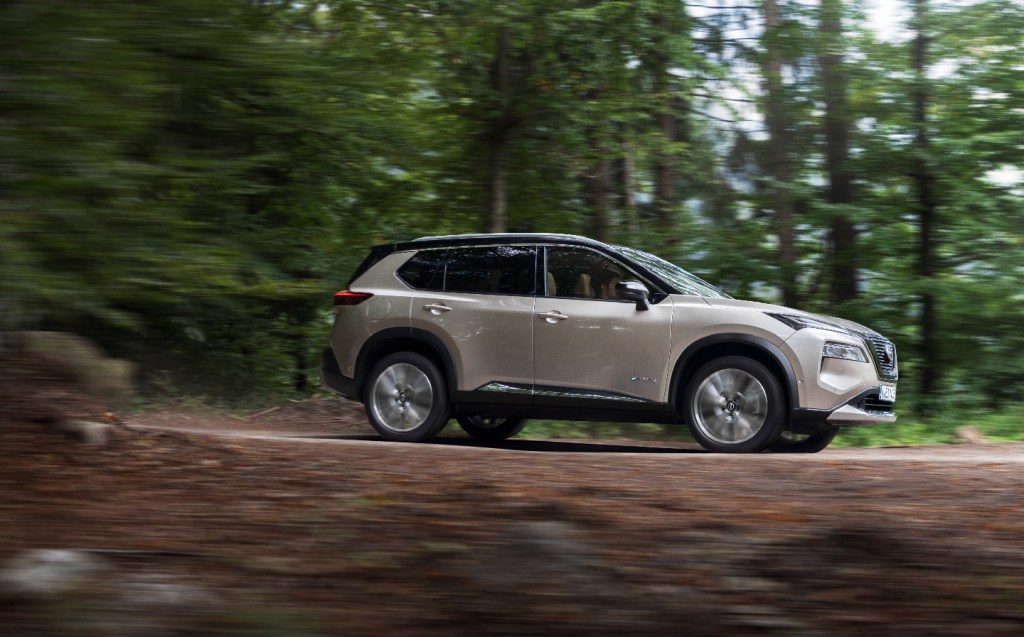
In truth, it’s a fairly generic-looking SUV but not too hard on the eyes. It retains a blunt front end but is a little wider than before, because executives with families still want car park bragging rights, we were told. To improve its aerodynamics, active flaps open and close in the nose depending on the speed you’re travelling, though this is not a slippery-through-the-air car by any means.
Rivals for the Nissan X-Trail include the five-seat Toyota RAV4, which is closest in terms of cost, dimensions, hybrid powertrain and off-road ability.
The Land Rover Discovery Sport is arguably a more serious off-roader, does come with seven seats (though they more honestly refer to it as a 5+2 configuration), and there’s a plug-in hybrid version, which is more tax-friendly.
Others you could look at are the Skoda Kodiaq or VW Tiguan Allspace, both of which are seven-seaters, though without electrified powertrains.
Interior, technology and practicality
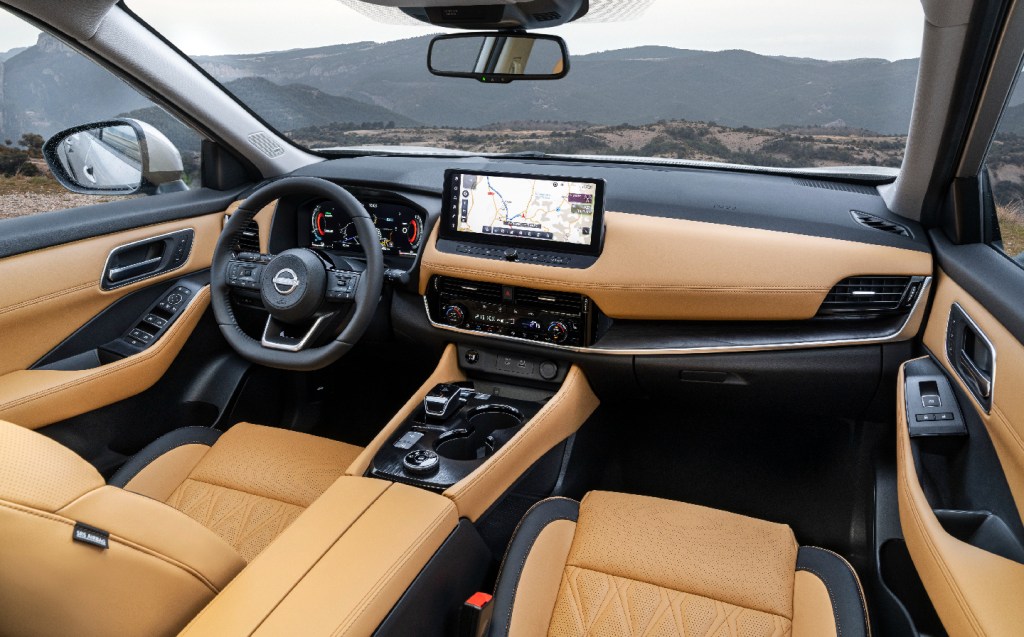
We were given the keys to a top specification Tekna+ version of the X-Trail and were mightily impressed with the quality and sumptuousness of the interior – a definite step up from previous X-Trails. We were spoilt with the likes of quilted leather seats, wood veneers and a 10-speaker Bose sound system, but those don’t come as standard on lesser trim levels and we’d have liked to have got our hands on the base Visia model, which is presumably a lot more basic.
The 12.3in digital driver’s display and 12.3in high definition centre touchscreen do feature from mid-spec N-Connecta models upwards, though, and they have attractive menus and well-presented information. Android Auto and Apple Carplay are available on the upgraded infotainment system, as is an Amazon Alexa-based voice-activated AI assistant.
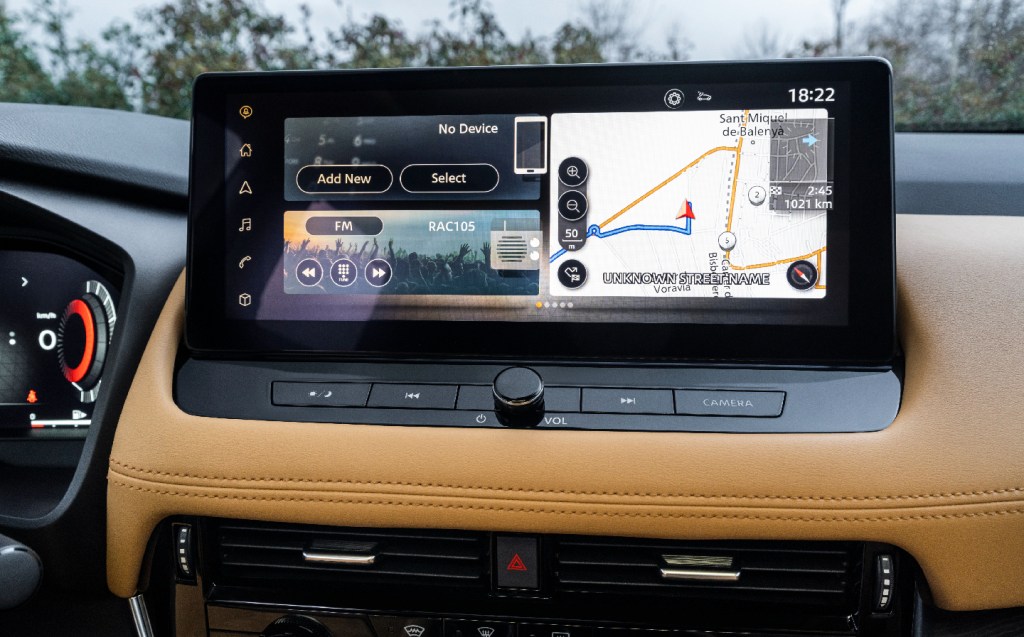
To be fair, the built-in sat-nav and apps (Spotify, for example) worked well for us, and we were able to connect a phone easily for music.
Whatever grade you go for, there’s a comprehensive suite of driver aids to match those of the Qashqai, and that achieved top marks in Euro NCAP safety testing. We found the lane-keeping assist tended to wander from one edge of a lane to the other rather than keep the car central within the lane, but the systems are generally less intrusive than some, don’t nanny you too much and lane-keeping is easy to switch off by holding down a button on the steering wheel. Nissan also says the upgraded ProPilot system will intervene to prevent a lane change if it detects an object in the blind spot.
Nissan has retained a decent number of switches and dials on the centre console. Being a Japanese firm it’s concerned primarily with user functionality, and you’ll find below the touchscreen physical temperature controls that make changing the settings by feel (rather than sight) much easier.
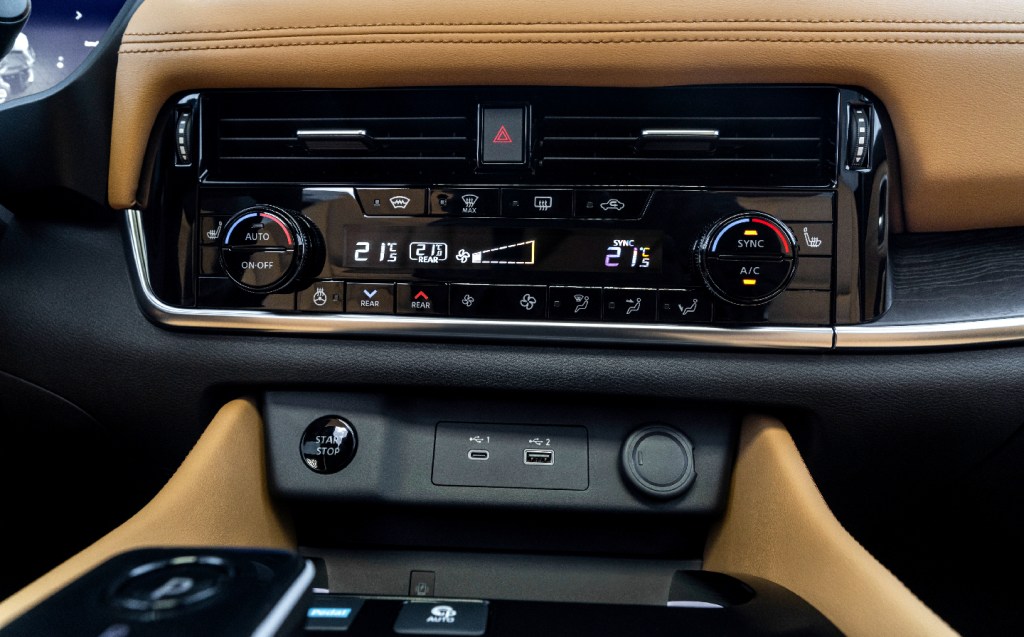
Above the N-Connecta grade is Tekna, and that adds a full panoramic glass roof, which will go down well with kids (and helps reduce motions sickness, so we were told), though it does add thickness to the roof lining and very tall adults in the second row will notice that.
But for most the rear seats are pretty accommodating, and added practicality comes from the fact that the bench can slide forwards and backwards, if you opt for Tekna or Tekna+ versions of the X-Trail. That’s handy for parents of small children, who may want them close to the front, and parents of teenagers who might prefer to push them as far away as possible.
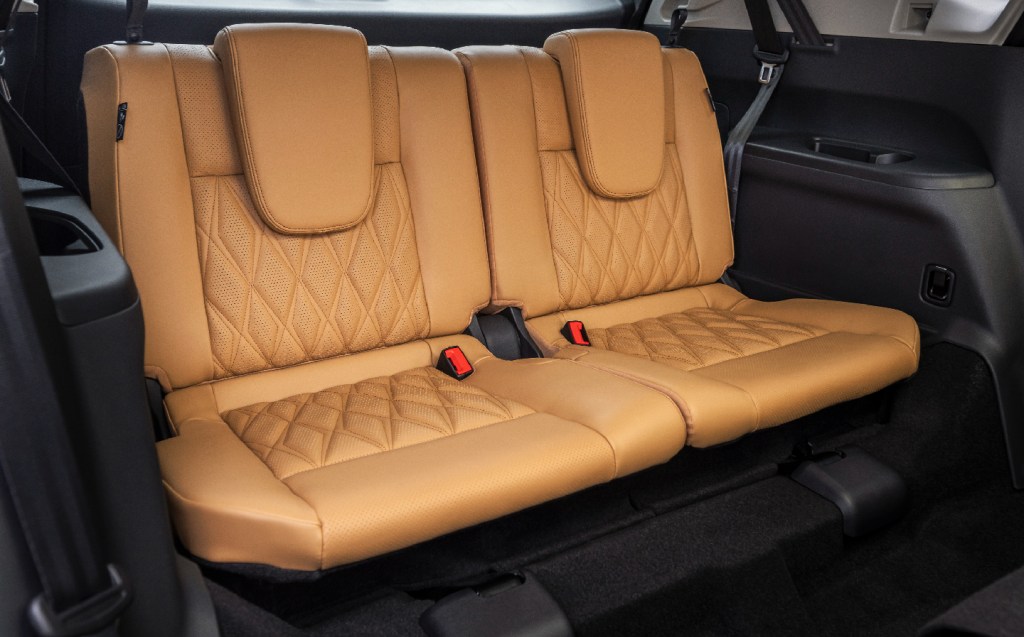
It also makes the optional third row much easier to live with, though legroom back there isn’t at a premium. Neither is headroom, in fact – Nissan designed the space for people up to 160cm tall, so it may suit young teens and short adults but don’t expect anyone else to feel comfortable back there. Still, it adds great flexibility for parents, especially those who find themselves giving the occasional lift to their kids’ friends.
Nissan was also thinking of parents when it added the wide-opening rear doors, which make it easier to strap in children, and the centre-split central armrest, which as the product specialists pointed out, makes it easier to remove items and pass them back to children, or for older kids to access the cubby themselves from the rear.
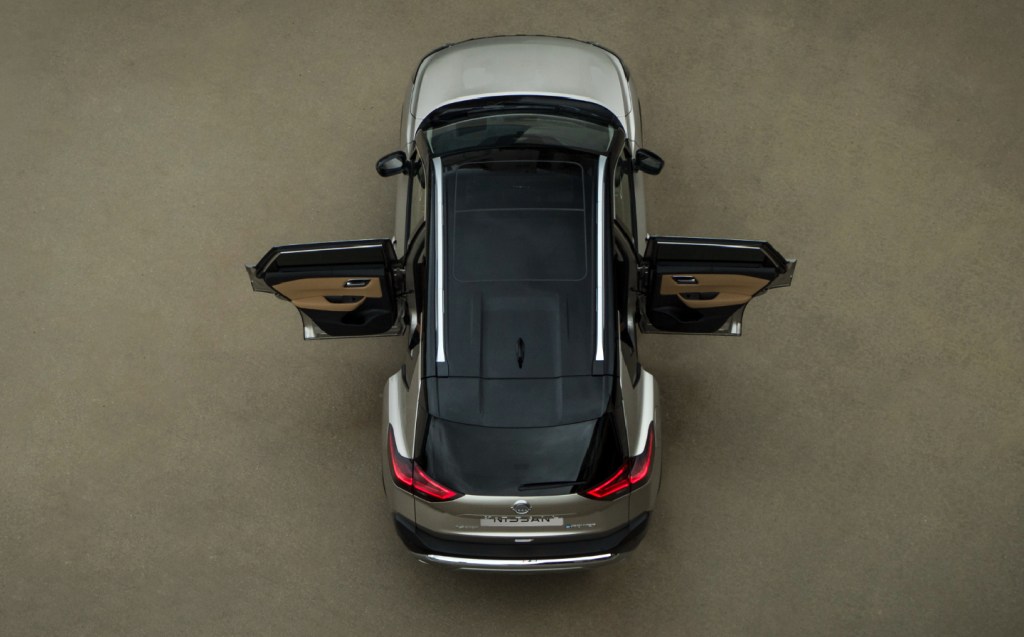
Storage generally is good, with a floating centre console, decently-sized door bins and a fairly spacious boot (575 litres when the third row is flat), thanks to the hybrid system’s battery being stored under the front seats.
And if you’ve paid for the Tekna version the sliding second row also gets 40:20:40 split rear seatbacks, making it easier to carry two rear passengers while sliding in skis or surfboards.
Engines, performance and acceleration
Buyers could go for a mild-hybrid, which will feel and drive exactly like a petrol model but is more efficient, thanks to a small electric motor attached to the engine, to take some of the strain under acceleration.
But Nissan expects most to plump for the e-Power model, in either front-wheel drive or all-wheel drive form. Already available on the new Qashqai, e-Power involves driving the wheels at all times by electric motors, rather than the 1.5-litre engine, which is used purely as a petrol generator.
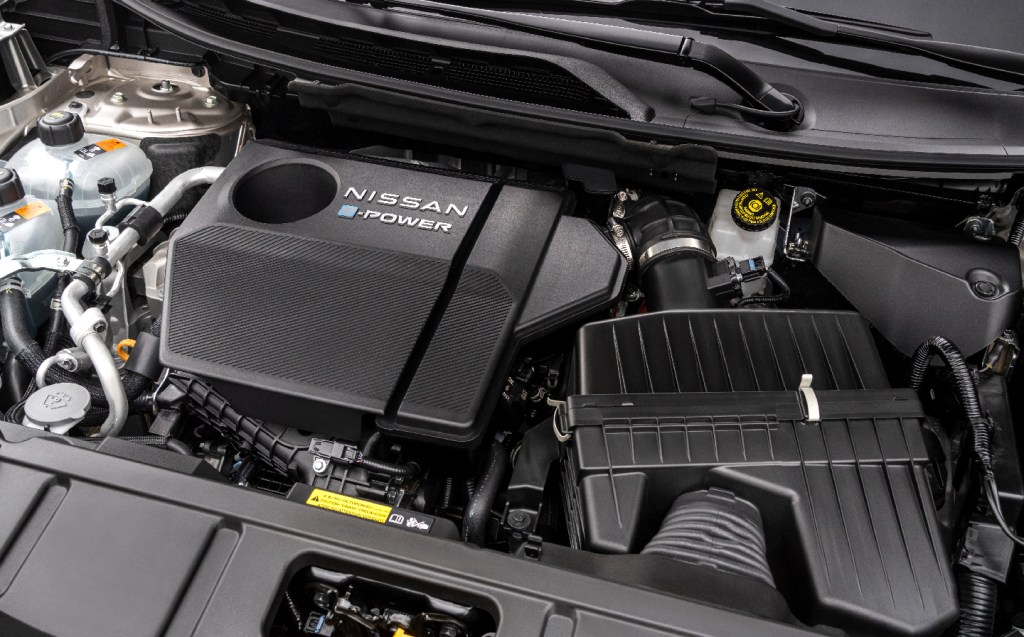
Nissan reckons this is a step towards fully electric for buyers who aren’t quite ready to take the plunge yet, and offers the same instant accelerator response and reduced engine noise as an EV without needing a plug.
We only drove the e-Power 4WD version, which Nissan has dubbed e-4orce, and can tell you that it’s a pretty satisfying thing to use. The car does indeed react immediately (actually within 1/10,000 of a second, down from 1 second in the old X-Trail) to inputs from the right-hand pedal, and acceleration is decent if not lightning quick (0-62mph takes 7sec).
The e-Power system has an interesting quirk — when the lithium-ion battery gets full, which happens quite quickly when travelling downhill, thanks to the regenerative braking — the car needs to do something else with the excess energy, so it spins the electric motor attached to the engine (used for the mild-hybrid system), which in turn cranks the engine. No petrol is being consumed during this process, we were told, but you can hear the engine revving away.
It’s a curious engineering solution, and made me wonder if storing that energy in a portable power pack, which could be used for powering a campsite, for example, might be a smarter way to go. But then you’re carrying extra weight; and what happens when that gets full? This may be why I’m not an engineer.
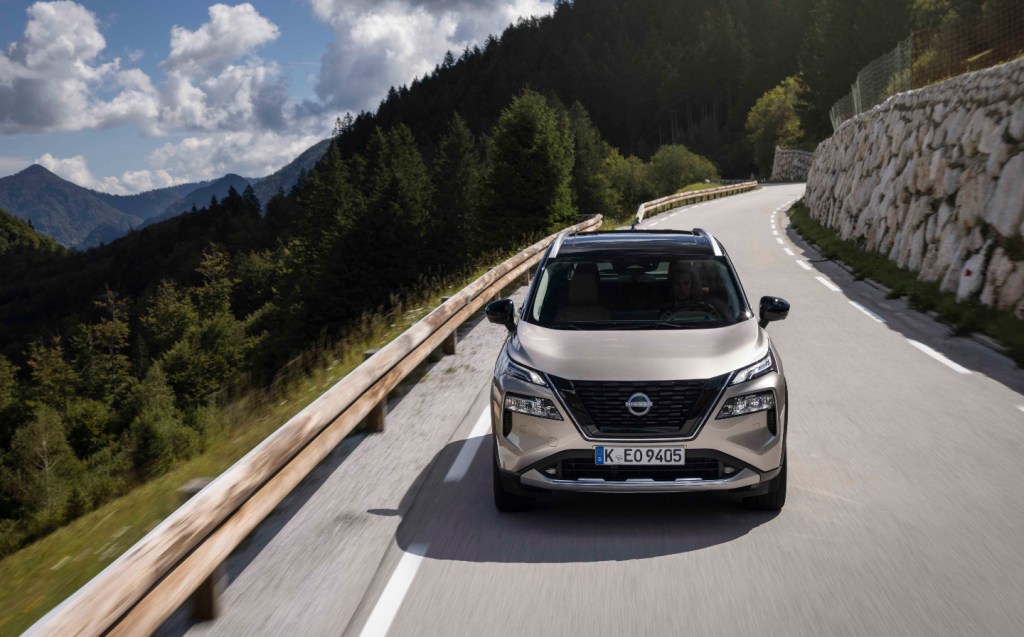
Perhaps using a larger battery pack under the floor would make more sense. That may also aid fuel efficiency, which was a question mark during the test drive in Slovenia. Admittedly it included mountain roads and off-road sections, but my co-driver and I achieved only around 33.6mpg — some way off the 44mpg achieved on the official WLTP test. We’d recommend taking it for a test drive on your usual routes to see what sort of MPG it returns.
Worth watching, too, is the tax cost. With up to 148g/km of CO2, private buyers are looking at £220 for the first year and then potentially £510 per year from year two, if you paid more than £40,000 for it (only the cheapest Acenta Premium version of the X-Trail e-4orce slips under this bracket, and thereby falls into the £155 price band from year two after registration).
That aside, it’s a refined set-up. While you can hear the engine revving away (when not in EV mode) it does seem to respond directly to accelerator inputs, which marks it out from many other hybrids which can seem to have engines with minds of their own.
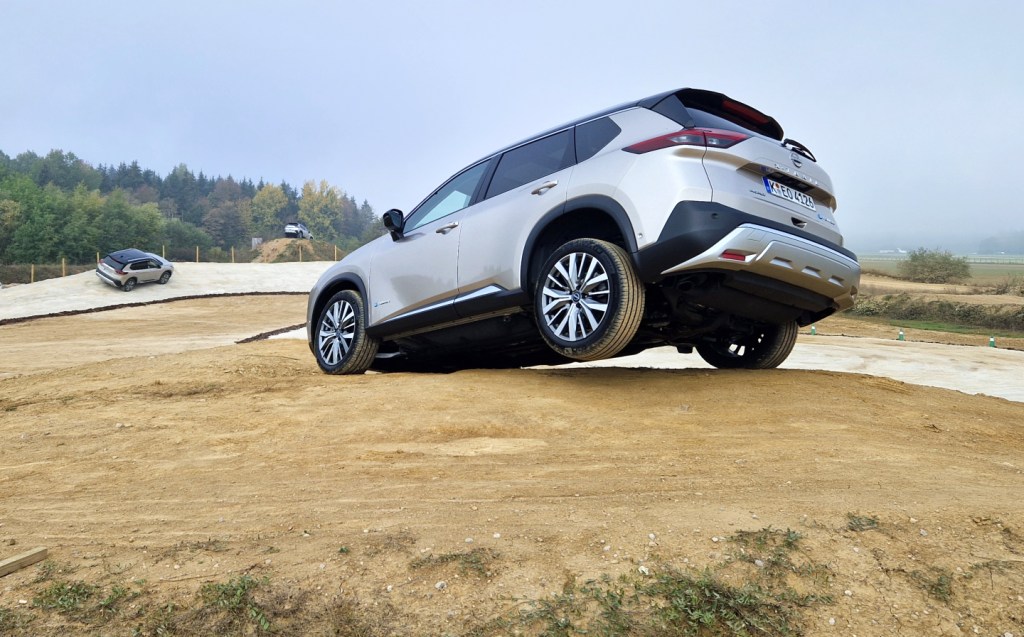
What’s more, the e-4orce system never struggled for grip even when on loose surfaces, nor scrubbed tyres on hairpin turns. An off-road course proved that hills starts, even with one wheel on slippery wood planks, are a doddle, and hill-descent control keeps the car pointing in the right direction and under … well, control.
Another advantage of e-4orce, with its motors front and rear, is that the car can regenerate electricity under braking from either motor, and will adjust the amount to help keep the body flat, which helps reduce motion sickness. Which is always handy if you have children in the back.
Oh, and if you want to tow, it’ll do it: the maximum weight is 1.8 tons.
Ride and handling
Despite having the Tekna+ model, which rides on the lowest-profile 20in alloys, the ride on pretty much any surface managed to be pliant without having excessive roll. Nissan made no mention of its suspension system during the product presentation but clearly someone spent a long time ensuring it worked well on a variety of road types, from potholed gravel tracks to motorways.
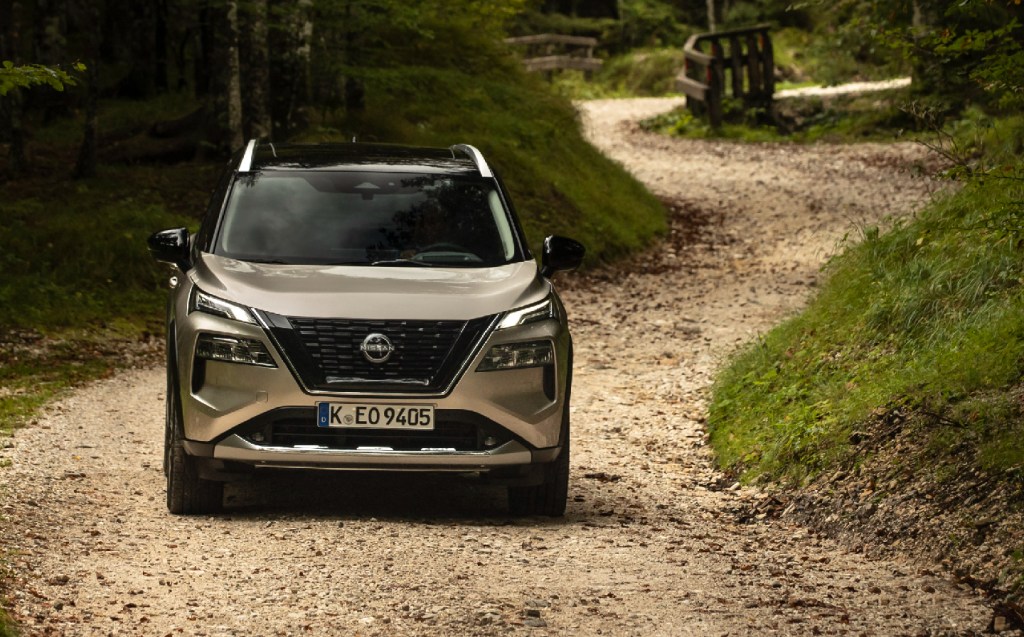
According to Nissan’s UK managing director, although the X-Trail is made in Japan, much of the testing is performed in the UK, which explains its impressive ability to shrug off poor road surfaces. If you’re likely to spend a lot of time on really rough tracks then the 18 or 19in wheels might be best, but the 20in versions definitely won’t rattle your teeth when venturing off the asphalt.
And there’s good news on the handling front, too. The steering is nicely weighted and adequately responsive (only the tightest switchbacks had me wishing for a quicker steering rack, even in Sport mode), and the car’s ability to brake the inside wheels through corners helps prevent it from running wide if you’ve entered a little too enthusiastically.
Trim levels, prices and on-sale date
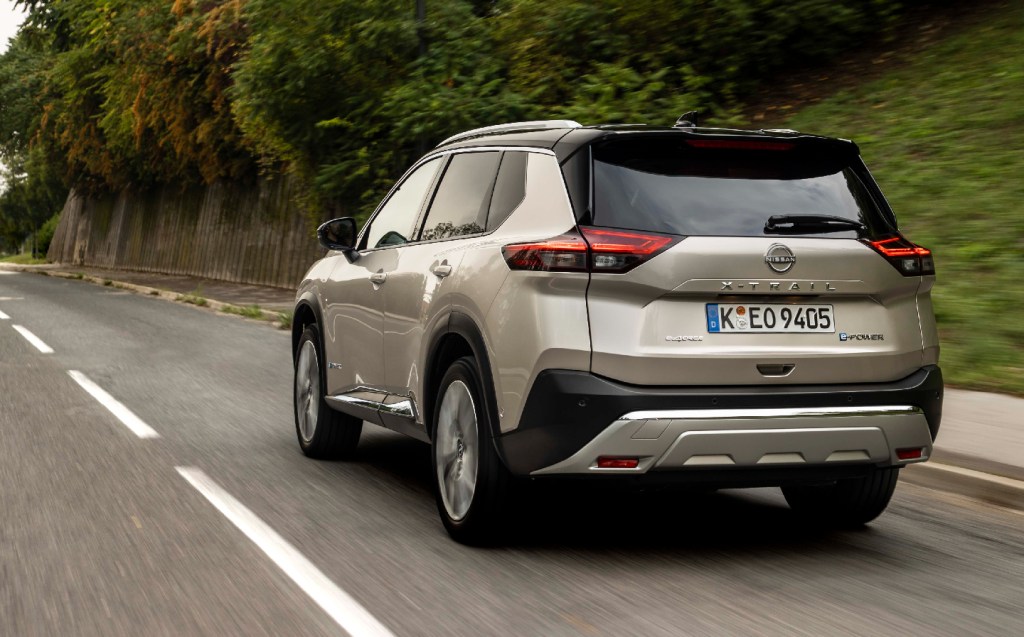
The 2023 Nissan X-Trail is available in five trim levels, starting with the Visia, from £32,030. For that you get 18in diamond cut wheels and a suite of driver aids, such as forward collision warning with automatic emergency braking, lane-departure warning, intelligent cruise control and blind spot warnings.
That’s the mild-hybrid version, though, and prices rise through Acenta Premium, N-Connecta and Tekna to Tekna+, at £42,520. All of these are available with seven seats, for a premium of £1,000.
| Trim level | Mild-hybrid XTronic | e-Power (2WD)* | e-4orce (4WD) |
|---|---|---|---|
| Tekna+ | £42,520 | £44,955 | £47,155 |
| Tekna | From £39,850 | From £42,285 | From £44, 485 |
| N-Connecta | From £36,530 | From £38,965 | From £41,165 |
| Acenta Premium | From £33,705 | From £36,140 | From £38,340 |
| Visia | £32,030 | N/a | N/a |
* Not available with seven seats
If you want the front-wheel drive e-Power model, you can’t get the base Visia version and you can’t get it with seven seats because, Nissan told me, the extra weight expectation demands more performance. Prices for the 2WD version range from £36,140 to £44,955.
The all-wheel drive e-4orce models also start from Acenta Premium but do have the seven-seat option, again for a £1,000 premium. Prices range between £38,340 and £47,155 for the top spec X-Trail e-4orce Tekna+.
Dealers are already taking orders for new X-Trail, with cars expected to arrive in the UK soon.
Verdict: 2022 Nissan X-Trail review
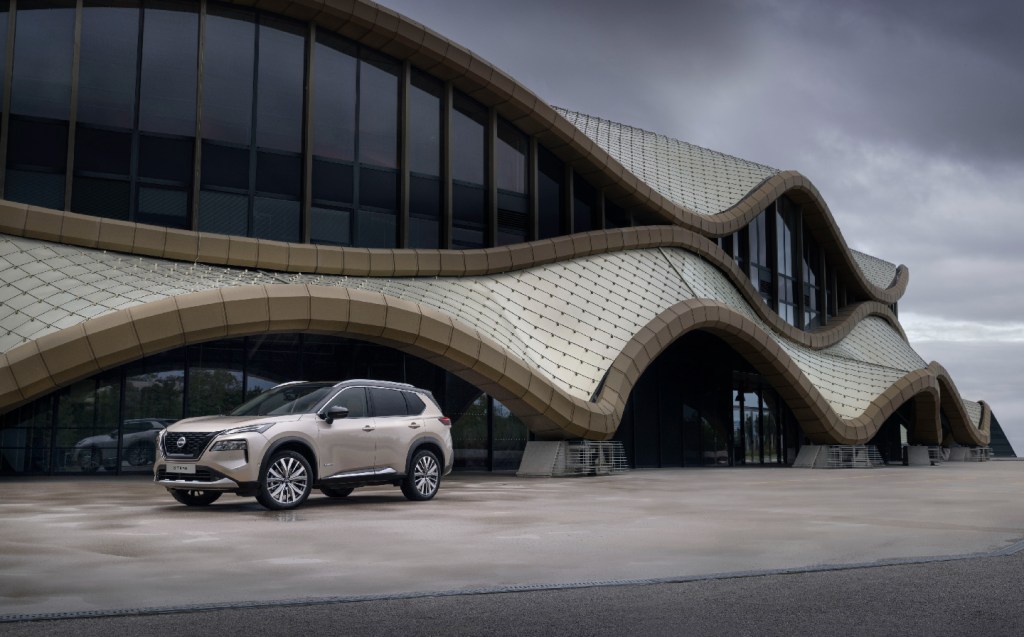
With the hybrid X-Trail, Nissan now has an enviable line-up of electrified SUVs, from the Juke and Qashqai hybrids to the pure-electric Ariya. That should mean there’s something for everyone.
The new X-Trail is very much a hit in terms of its family-focused features and utility. The e-Power drivetrain will also appeal to those who are keen to ditch diesel but aren’t ready to go fully electric, and with e-4orce the X-Trail becomes a decent off-roader, capable of tackling much more than the average buyer will throw at it.
However, buyers may find the four-wheel drive X-Trail is thirstier for petrol than the official test figures suggest, and the jury is out on the mild-hybrid and front-wheel drive models as we didn’t get to drive them.
But compare it to closest rivals such as the Skoda Kodiaq (not electrified) and Toyota RAV4 (not seven seats) and you’ll find prices, tax and efficiency are competitive, so the new Nissan X-Trail becomes a pretty decent choice for outdoor-focused families.
Related articles
- After reading our review of the new Nissan X-Trail e-Power e-4orce you might want to see our review of the 2023 Renault Austral
- And check out our Nissan Qashqai e-Power review
- Or, if you’re ready to go electric, here’s our Nissan Ariya review
Latest articles
- Should I buy a diesel car in 2025?
- F1 2025 calendar and race reports: The new Formula One season as it happens
- Zeekr 7X AWD 2025 review: A fast, spacious and high tech premium SUV — but someone call the chassis chief
- Denza Z9GT 2025 review: Flawed but sleek 1,062bhp shooting brake from BYD’s luxury arm
- Extended test: 2024 Renault Scenic E-Tech review
- Best-selling cars 2025: The UK’s ten most popular models of the year so far
- Audi A6 Avant 2025 review: Trusty executive estate ticks expected boxes, and there’s still a diesel option
- Keir Starmer eases pressure on carmakers to sell EVs in response to ‘global economic headwinds’
- Ferrari 12Cilindri Spider review: Heady blend of traditional and futuristic becomes even more intoxicating after lid is removed


